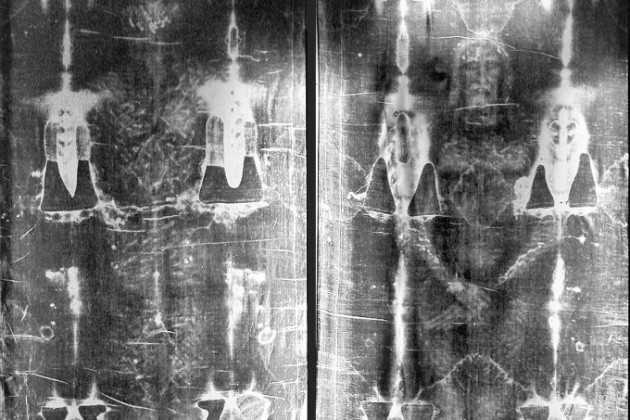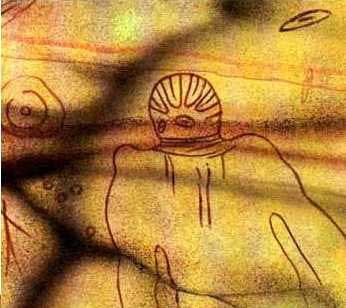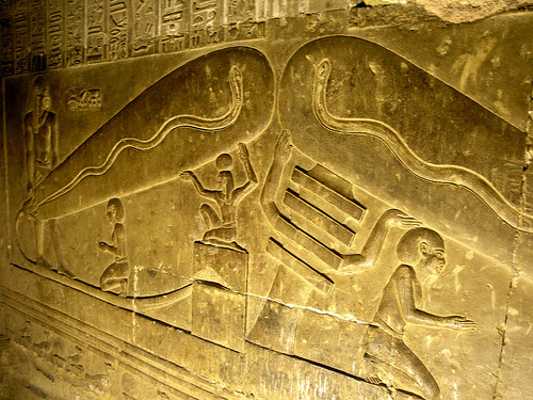
THE DENDERA LIGHTS
Within the Temple of Hathor, which is part of the Dendera (Tentyra) Temple Complex in Egypt, are a series of carvings that many people believe depict the sophisticated use of electricity to generate light. Items identified are as follows: an arc light lamp (horizontal) several upright lamps, lamp socket, arc light flicker (snake) electric cables, an isolator and even a large upright battery. If historians and archaeologists believed that the Egyptians from this period used electricity then this would probably be considered a classic example. A further point that is often overlooked is that Hathor was a goddess who is usually shown with a sun disk suspended between two horns exactly like the reflecting mirror of an arc-lamp – even the dimensions are optimal. Although the equipment in the images may seem obvious it should also be noted that many historians, archaeologists and Egyptologists strongly deny that the images are anything more than the representation of a fertility rite based on Egyptian mythology. Proponents of the ‘lights’ theory are often dismissed as fringe scientists while mainstream Egyptologists are often accused of hiding behind conveniently concocted myths and retentive thinking. Both groups seem certain in their beliefs.
THE BAGHDAD BATTERY
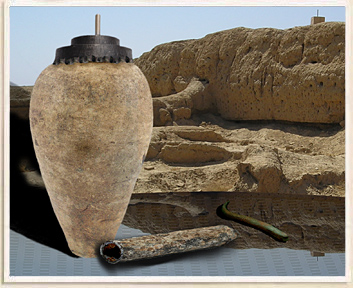
In 1938 the Director of the National Museum of Iraq, Wilhelm König, discovered a number of curious terracotta pots in the archives. Each one was approximately 13 cm in height with a capped 3.3 cm opening at the top. Each pot contained an open-ended copper cylinder and inside this was a small iron rod. These artefacts strongly resembled simple galvanic batteries and in 1940 König published a scientific paper proposing that these objects may well have been used to generate electrical current which could have been used for electroplating objects with either gold or silver. Mainstream archaeologists continue to doubt this theory even though reproductions using lemon juice as an electrolyte have been proven to work and no other sensible explanation exists for the iron and copper contents. The pots are likely to have been created during the Sassanid Period (224 AD – 640 AD). The debate continues
THE ABYDOS MACHINES
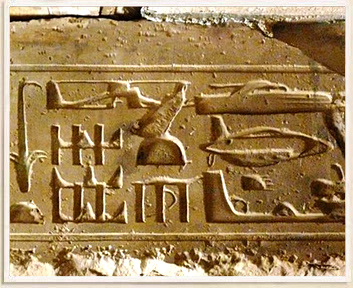
Roughly 450 kilometres south of Cairo is the ancient city-complex of Abydos. It is widely considered to be one of the most important archaeological sites in Egypt although for some quite differing reasons. Mainstream Egyptologists recognise it as the site of the Osiris and Isis cult while proponents of ancient electricity believe it holds definite proof that ancient civilisations were significantly more advanced than historians will acknowledge. The reason for this is that within the Hypostyle Hall of the Temple of Seti I there are a series of carvings that clearly depict modern aircraft, particularly a helicopter and dirigible. Mainstream archaeologists claim that they are merely a coincidence caused by over-carving while proponents of ancient technology state that this is actually misleading and that attempts to recreate the over-carving effect have been less than conclusive. In addition, they point out that the coincidence required to produce these images is staggeringly unlikely.
READ MORE
Originally posted 2016-03-11 20:29:02. Republished by Blog Post Promoter

![Temple-of-Dendra-Egypt-light-lamp-carving[1]](https://coolinterestingnews.com/wp-content/uploads/2012/07/temple-of-dendra-egypt-light-lamp-carving1.jpg)
